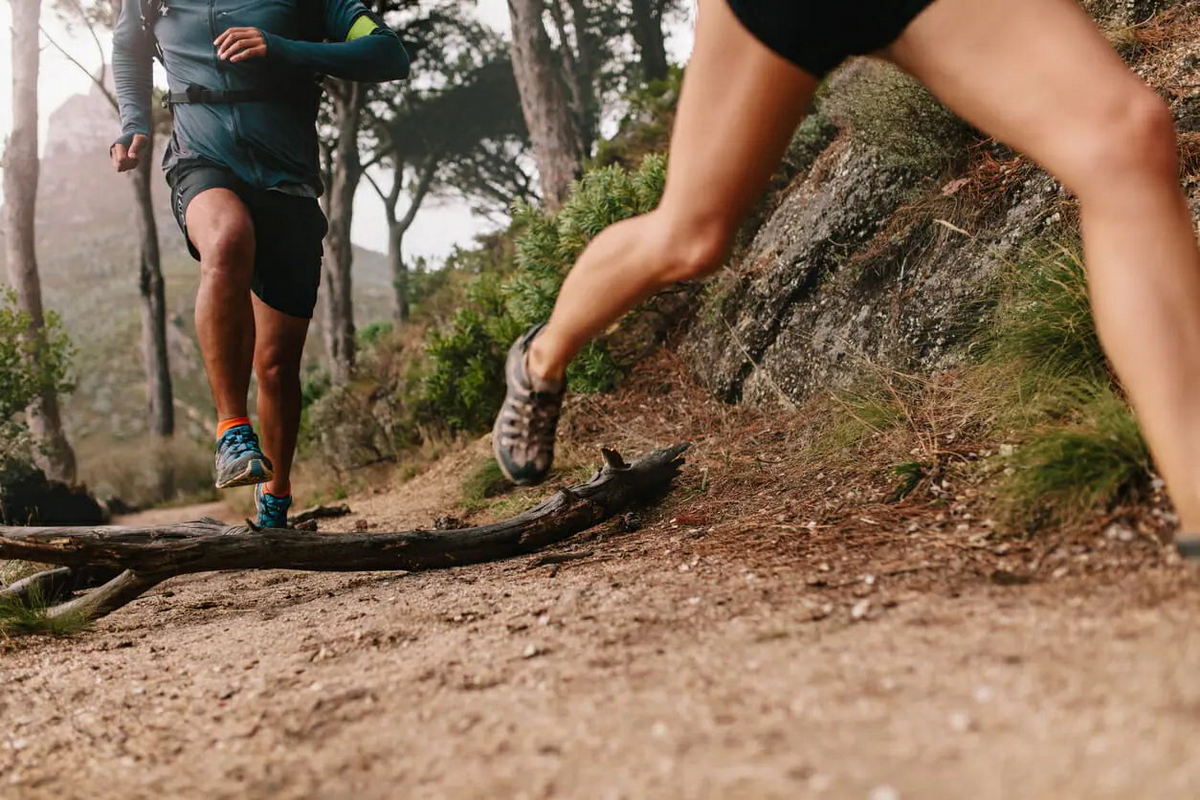

Horseback riding requires more than just sitting on a horse—it demands balance, coordination, core strength, and flexibility. A strong and balanced rider helps the horse move freely and correctly, while a weak or unbalanced rider can make riding more difficult and uncomfortable for both.
If you want to improve your balance, posture, and stability in the saddle, these targeted exercises will help you become a more confident and secure rider.
Balance is one of the most important skills for any equestrian. Without good balance:
❌ Riders struggle to stay centered in the saddle.
❌ Movements feel stiff, uncoordinated, or forced.
❌ Horses can become tense, confused, or resistant.
✅ Moves with the horse rather than against them.
✅ Stays secure in the saddle even during sudden movements.
✅ Uses clearer aids and communication, leading to a more responsive horse.
To develop better balance, riders need to strengthen their core, legs, and overall body coordination.
Your core muscles (abs, obliques, and lower back) are essential for balance and posture in the saddle. A strong core:
✔️ Keeps you stable and centered without gripping the reins for balance.
✔️ Absorbs movement smoothly, preventing bouncing or stiff riding.
✔️ Improves overall riding endurance and prevents fatigue.
🔹 Planks (Front & Side Planks) – Builds core endurance for long rides.
🔹 Russian Twists – Strengthens obliques for better rotational control.
🔹 Dead Bugs – Improves stability by engaging deep core muscles.
🔹 Hollow Body Holds – Enhances control over body position.
💡 Riding Tip: A strong core reduces reliance on reins and stirrups, allowing for softer, more precise communication with your horse.
Your legs play a major role in staying secure and giving clear cues to your horse. Weak legs can cause:
❌ Excessive bouncing at the trot or canter.
❌ Unintended gripping, leading to tension in the horse.
❌ Loss of stability when riding through sudden movements.
🔹 Wall Sits – Builds endurance in quads and hamstrings for better stability.
🔹 Squats (Bodyweight or Weighted) – Improves leg strength and control.
🔹 Calf Raises – Strengthens ankles for better foot positioning.
🔹 Lunges (Forward & Side Lunges) – Helps leg control and flexibility in the saddle.
💡 Riding Tip: Strong legs help you maintain a relaxed yet effective position, reducing fatigue and keeping your horse responsive.
Flexibility is often overlooked, but it’s key to maintaining a relaxed and effective seat. A stiff rider can restrict the horse’s movement and struggle to follow the horse’s motion smoothly.
🔹 Hip Openers (Butterfly Stretch, Pigeon Pose) – Increases flexibility for a deeper, more relaxed seat.
🔹 Hamstring Stretches – Prevents tightness that leads to poor posture in the saddle.
🔹 Spinal Twists – Improves torso flexibility for better balance in turns.
🔹 Ankle Rolls & Calf Stretches – Helps with proper foot positioning in stirrups.
💡 Riding Tip: A more flexible rider moves naturally with the horse, making transitions and turns feel effortless.
Riding requires quick reactions and strong coordination between the upper and lower body. Exercises that train coordination and reflexes can help riders stay more in sync with their horse’s movements.
🔹 Balance Board or Bosu Ball Training – Develops core control and reaction time.
🔹 Jump Rope – Improves foot coordination and timing.
🔹 Medicine Ball Tosses (While Balancing on One Foot) – Enhances hand-eye coordination.
🔹 Single-Leg Stands – Builds balance for a more stable seat in the saddle.
💡 Riding Tip: The better your reaction time and coordination, the more easily you can adjust to unexpected movements while riding.
The best exercises for riders are ones that mimic movements in the saddle while strengthening core stability and balance.
🔹 Stability Ball Sit – Sit on an exercise ball and practice balancing without touching the ground.
🔹 Standing Knee Raises with a Resistance Band – Simulates the leg control needed for riding.
🔹 Half-Squats on a Balance Board – Improves rider stability for better weight distribution.
🔹 Yoga Tree Pose or Warrior Pose – Strengthens stability in the lower body.
💡 Riding Tip: Practicing balance off the horse translates into better posture and confidence while riding.
To see real improvement, consistency is key. Here’s a simple weekly workout plan for riders:
✅ Core Workout (Planks, Russian Twists, Dead Bugs) – 10-15 minutes
✅ Leg Strength (Squats, Lunges, Wall Sits) – 15 minutes
✅ Flexibility & Mobility Stretches – 10 minutes
✅ Balance & Coordination Drills (Balance Board, Yoga Poses) – 5-10 minutes
This routine improves overall rider fitness, making your time in the saddle more effective and enjoyable.
Good riders aren’t just born with balance—they train for it. By focusing on core strength, leg stability, flexibility, and coordination, you can develop the strength and control needed to become a better rider.
✔️ A strong core keeps you stable in the saddle.
✔️ Flexible hips and legs help you move fluidly with the horse.
✔️ Improved coordination helps you react quickly to sudden movements.
With consistent practice, these exercises will help you ride with more confidence, stability, and ease, making every ride safer and more enjoyable for you and your horse.
Get a photoshoot with edited photos
Book by to secure this special rate